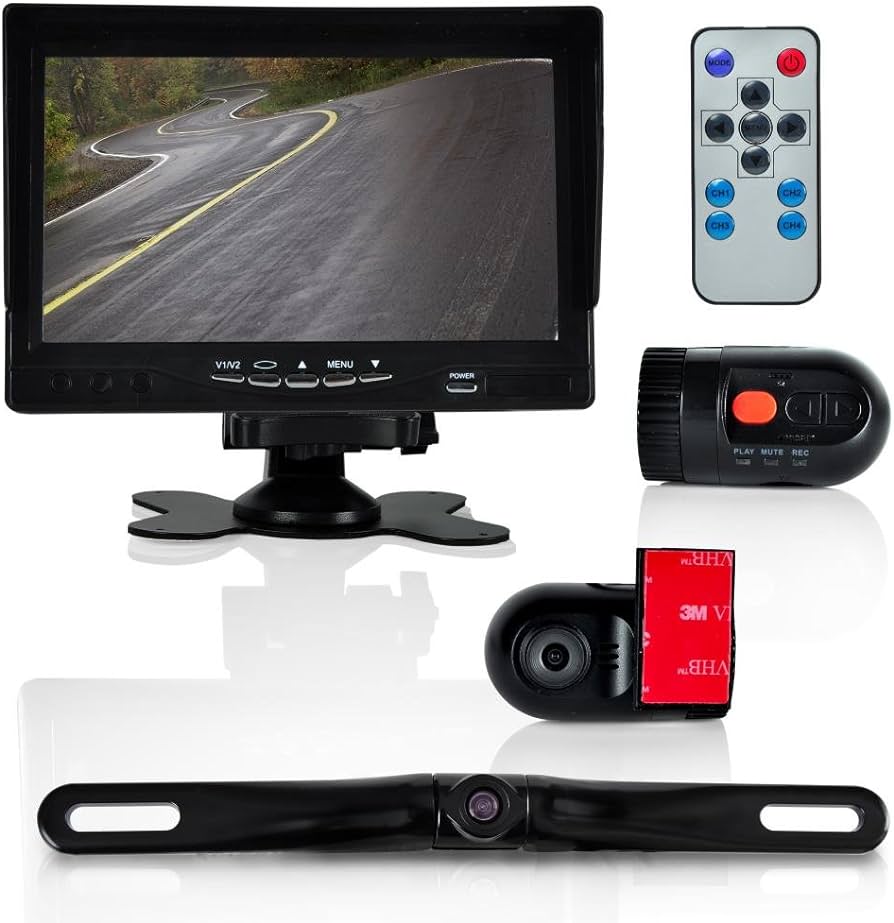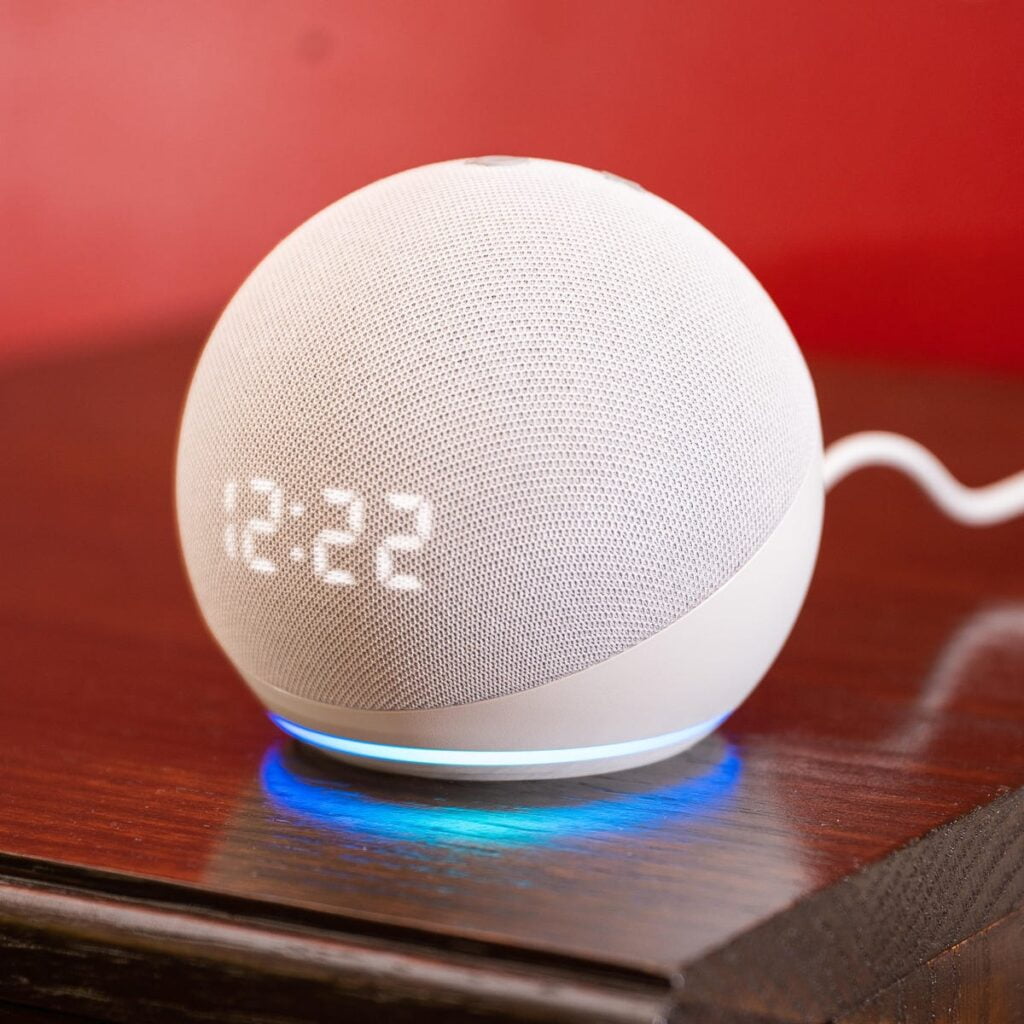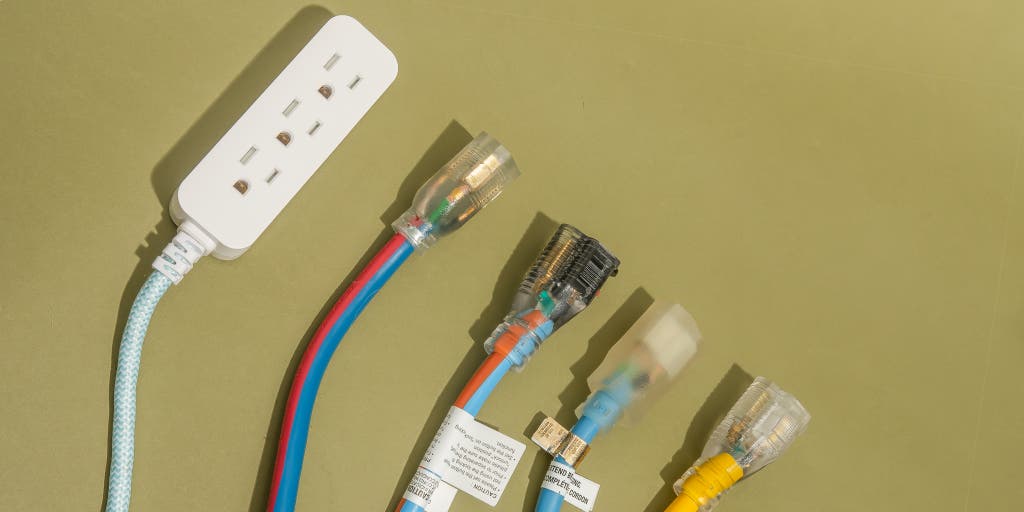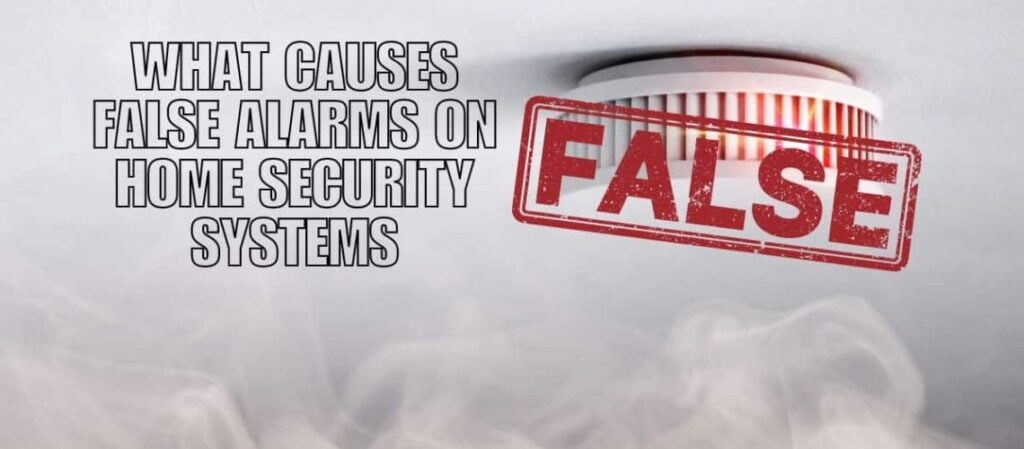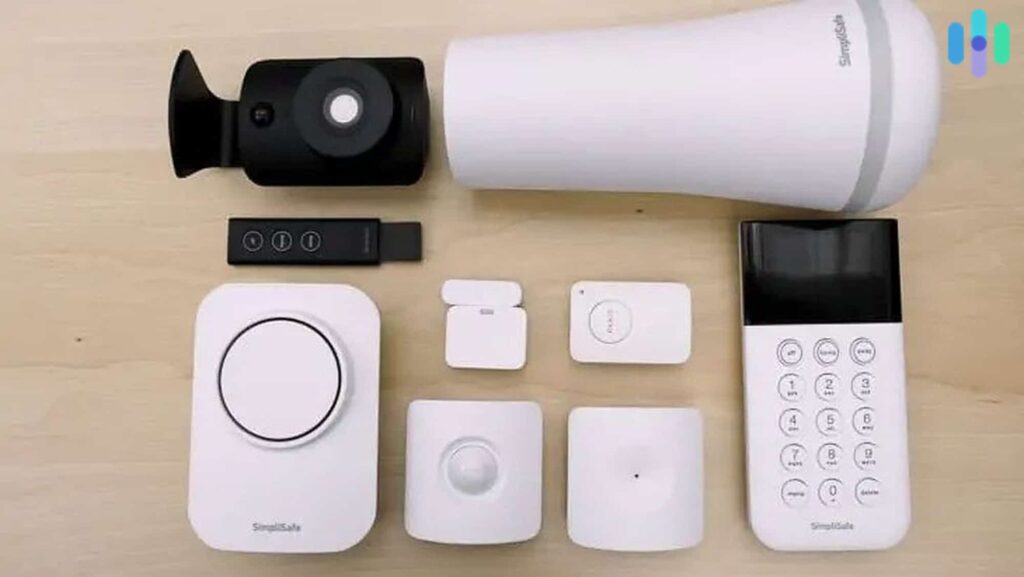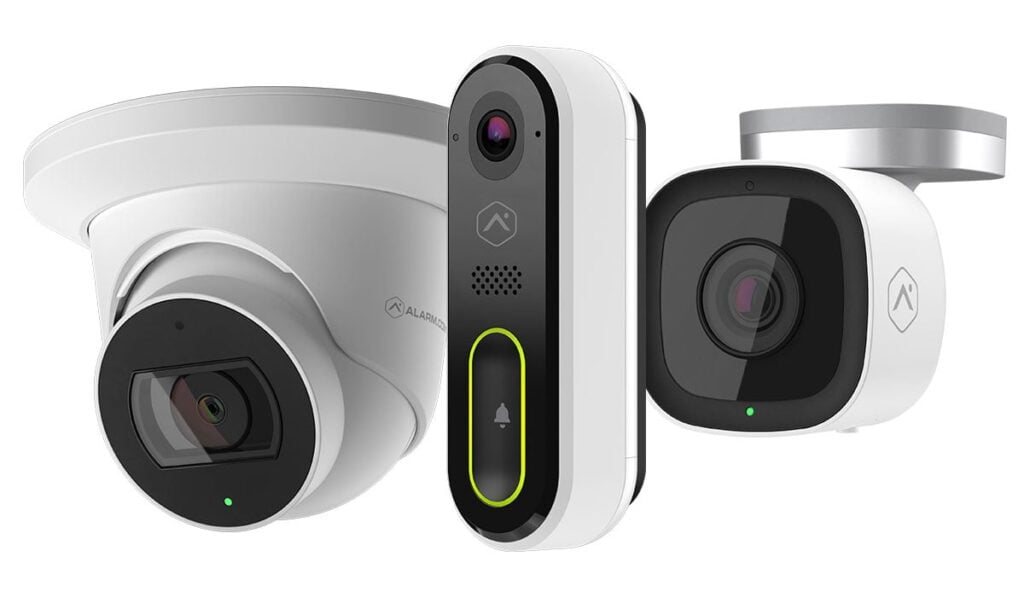Can a Dashcam Be Used for Home Security? Discover the Power of Video Surveillance!
Yes, a dashcam can be used for home security by capturing any suspicious activity and providing valuable evidence for identifying perpetrators and recovering stolen property. Dashcams can be mounted on entrances, windows, or porches to capture visitors as they arrive, making them useful as temporary home security cameras or nanny cams. The Power Of Video Surveillance Yes, a dashcam can be used for home security purposes. It can be mounted at entrances to capture visitors or suspicious activity, automatically recording and providing valuable evidence in case of any incidents. Additionally, dashcams with features like motion detection can be used as temporary home security cameras. Dashcams: More Than Just Car Accessories When it comes to the topic of home security, we often think of traditional surveillance cameras or alarms. But did you know that a dashcam, typically used for recording incidents on the road, can also be repurposed as a home security device? That’s right! A dashcam is more than just a car accessory – it can provide an extra layer of protection for your home as well. By utilizing the power of video surveillance, a dashcam can capture critical footage of any suspicious activity or unexpected impacts that may occur around your home. The ability to automatically start recording when triggered makes it an ideal tool for capturing valuable evidence that can assist in identifying perpetrators and recovering stolen property. So, how exactly can a dashcam be used for home security? Let’s explore a few possibilities: Dashcams As Temporary Home Security Cameras If you’re looking for a temporary solution to monitor your home, a dashcam can be easily repurposed as a home security camera. Simply mount it near the entrance, a window, or even on your porch to capture visitors as they arrive. This can be particularly useful if you’re away from home for an extended period or if you want to keep an eye on specific areas of your property. Additional Security With Parking Mode Dashcams equipped with parking mode functionality can provide continuous surveillance even when your car is stationary. This feature allows the dashcam to remain active, monitoring the surroundings, and recording any suspicious activity. Utilizing parking mode as a home security camera offers an extra layer of protection, ensuring your property is safeguarded at all times. The Versatility Of Dashcams One of the great advantages of dashcams is their versatility. Not only can they be used in vehicles, but they can also serve as invaluable tools for home security. With innovative features such as motion detection, night vision, and high-resolution recording, dashcams can capture clear and detailed footage that can be crucial in identifying potential threats. So, if you’re considering enhancing your home security, don’t overlook the potential of a dashcam. It’s an affordable, easy-to-install option that can provide valuable visual evidence and an added layer of protection for your home. Whether used as a temporary security camera or in conjunction with other surveillance systems, the power of video surveillance that a dashcam offers should never be underestimated. Dashcams For Home Security Dashcams can be used for home security by capturing any suspicious activity or impacts, acting as a valuable evidence tool for identifying perpetrators and recovering stolen property. They can be mounted on entrances, windows, or porches to monitor visitors as they arrive, serving as temporary home security or even nanny cams. Additionally, dashcams with features like motion sensing security and parking mode can effectively deter thieves. Dashcams for Home Security Using Dashcams For Home Security: A Viable Option? With the increasing concern for home security, many individuals are exploring different solutions to enhance the safety of their homes. One option that has gained popularity is the use of dashcams for home security. While primarily designed for recording incidents on the road, dashcams can also be repurposed to provide an extra layer of protection for your home. How Can Dashcams Be Utilized For Home Security? Now you might be wondering, how can a dashcam function as a home security device? Well, it’s quite simple. Dashcams can be strategically positioned at the entrance, windows, or porch of your home to capture valuable evidence if any suspicious activity or impacts occur. By automatically starting recording when triggered, dashcams ensure that every critical moment is documented, aiding in the identification of perpetrators and facilitating the recovery of stolen property. Advantages Of Using Dashcams For Home Security There are several advantages to using dashcams for home security: Continuous Recording: Dashcams can record footage continuously, offering round-the-clock surveillance for your home. Easy Installation: Dashcams are typically designed for quick and simple installation, allowing you to set up your home security system in no time. Motion Detection: Many dashcams come with motion detection technology, ensuring that recording is triggered only when there is movement in the camera’s field of view. High-Quality Video: Dashcams are equipped with high-resolution cameras that capture clear and detailed video, essential for identifying individuals and objects. Remote Access: Some dashcams offer remote access through smartphone apps, enabling you to monitor your home security system from anywhere, at any time. Considerations When Using Dashcams For Home Security While dashcams can be a viable option for home security, there are a few considerations to keep in mind: Storage Capacity: Dashcams store footage on an SD card, so it’s important to ensure that the card has enough capacity to capture and retain a sufficient amount of video. Power Source: Dashcams typically require a power source to operate continuously. It’s essential to consider the placement of the dashcam in relation to access to a power supply. Privacy Concerns: When using dashcams for home security, it’s important to be mindful of privacy laws and regulations in your jurisdiction. Informing individuals of the presence of surveillance cameras is typically required. Conclusion All in all, utilizing dashcams for home security can provide an effective and convenient way to protect your home and loved ones. By repurposing this technology originally designed for recording incidents on the road, you can have an additional layer of
Can a Dashcam Be Used for Home Security? Discover the Power of Video Surveillance! Read More »

